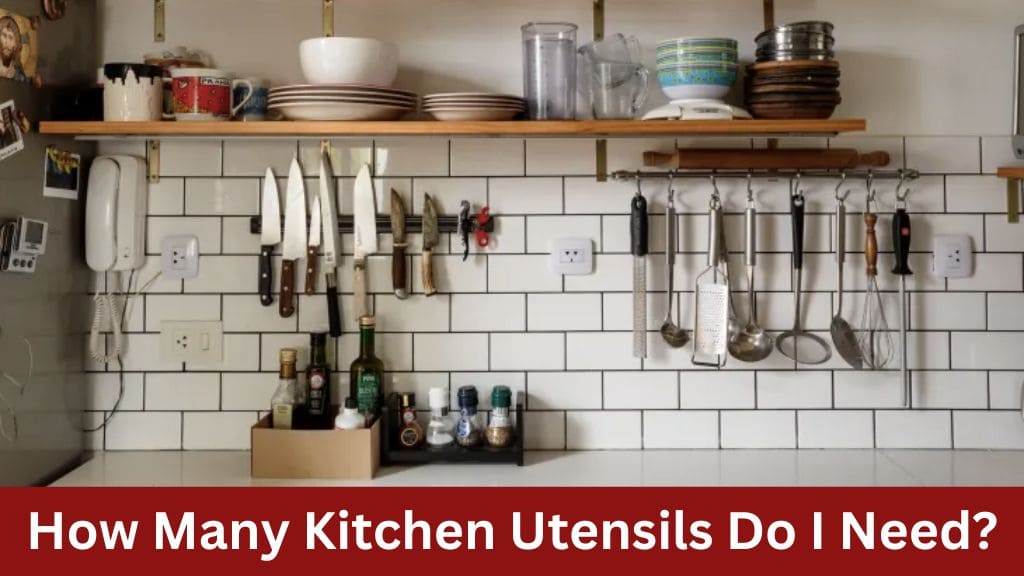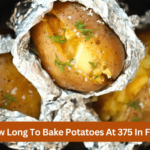In the quest for a functional kitchen, many of us face the dilemma of how many kitchen utensils are truly necessary. With an overwhelming array of gadgets and tools available, it’s easy to accumulate more than we need, cluttering our space and complicating meal preparation. But fear not! In this comprehensive guide, we’ll explore the essentials, debunk common myths, and help you streamline your kitchen utensil collection for maximum efficiency.
Before diving into the specifics of kitchen utensils, it’s essential to assess your cooking habits and preferences. Consider the following questions:
- How often do you cook?
- What types of meals do you typically prepare?
- Do you enjoy experimenting with new recipes, or do you stick to familiar favorites?
- How much storage space do you have available in your kitchen?
Understanding your cooking style will inform your utensil needs and prevent unnecessary purchases.
The Minimalist Approach

Basic Utensils for Everyday Cooking
Embracing a minimalist mindset in the kitchen can lead to greater efficiency and enjoyment. Here are the essential utensils for everyday cooking:
- Chef’s Knife: Invest in a high-quality chef’s knife for slicing, dicing, and chopping a variety of ingredients.
- Cutting Board: Opt for durable cutting boards that can withstand frequent use and are easy to clean.
- Spatula: A versatile tool for flipping, stirring, and scraping ingredients in pans and bowls.
- Mixing Spoons: Include both wooden and metal mixing spoons for stirring, folding, and serving.
- Measuring Cups and Spoons: Accurate measurements are crucial for baking and precise cooking.
- Pots and Pans: Start with a few essential sizes, such as a saucepan, skillet, and stockpot, to cover a range of cooking needs.
- Tongs: Ideal for handling hot food items and serving salads or pasta.
- Whisk: Essential for blending ingredients smoothly in sauces, dressings, and batters.
- Can Opener: A simple yet indispensable tool for accessing canned goods.
- Colander: For draining pasta, rinsing vegetables, and straining liquids.
- Oven Mitts: Protect your hands from heat while handling hot dishes and cookware.
- Baking Sheet: Versatile for roasting vegetables, baking cookies, and preparing sheet pan meals.
Specialty Tools for Specific Needs
While the basics cover most cooking tasks, certain specialty tools can enhance your culinary repertoire:
- Immersion Blender: Perfect for blending soups, sauces, and smoothies directly in the pot or container.
- Microplane Grater: Ideal for zesting citrus fruits, grating cheese, and adding fine texture to dishes.
- Garlic Press: While not essential, a garlic press can be convenient for quickly mincing garlic cloves.
- Vegetable Peeler: Simplifies the task of peeling fruits and vegetables with precision and ease.
- Kitchen Scale: Essential for precise measurements in baking and portion control.
Avoiding Kitchen Clutter

Assessing Your Needs
When it comes to kitchen utensils, quality trumps quantity. Before purchasing new gadgets, ask yourself:
- Will this utensil serve multiple purposes, or is it a single-use item?
- Do I already own a similar tool that can accomplish the same task?
- Will this utensil significantly improve my cooking experience, or is it a novelty item?
By carefully evaluating your needs, you can avoid clutter and ensure that every utensil in your kitchen serves a purpose.
Multipurpose Tools
Look for utensils that can perform multiple functions to maximize efficiency and minimize clutter. For example:
- Chef’s Knife: Versatile for chopping, slicing, and mincing a wide range of ingredients.
- Kitchen Shears: Handy for cutting herbs, trimming poultry, and opening packages.
- Silicone Spatula: Heat-resistant and flexible, suitable for both stovetop cooking and baking.
- Mixing Bowls with Lids: Serve double duty for mixing ingredients and storing leftovers.
- Slotted Spoon: Useful for straining liquids while serving soups, stews, and sauces.
Decluttering Tips
Regularly decluttering your kitchen utensils can help maintain a tidy and functional space. Consider the following strategies:
- Donate or Sell Unused Items: If you haven’t used a utensil in the past year, consider donating it to someone in need or selling it online.
- Organize Drawer Space: Use drawer dividers or organizers to keep utensils neatly arranged and easily accessible.
- Prioritize Quality Over Quantity: Invest in durable, high-quality utensils that will withstand frequent use and last for years to come.
- Limit Impulse Purchases: Resist the temptation to buy novelty gadgets that serve limited purposes and contribute to clutter.
Conclusion
The number of kitchen utensils you need ultimately depends on your cooking style, preferences, and available space. By adopting a minimalist approach, prioritizing quality over quantity, and regularly decluttering your collection, you can create a streamlined and efficient kitchen that enhances your culinary endeavors. Remember, it’s not about having the most gadgets—it’s about having the right tools for the job. Happy cooking!






